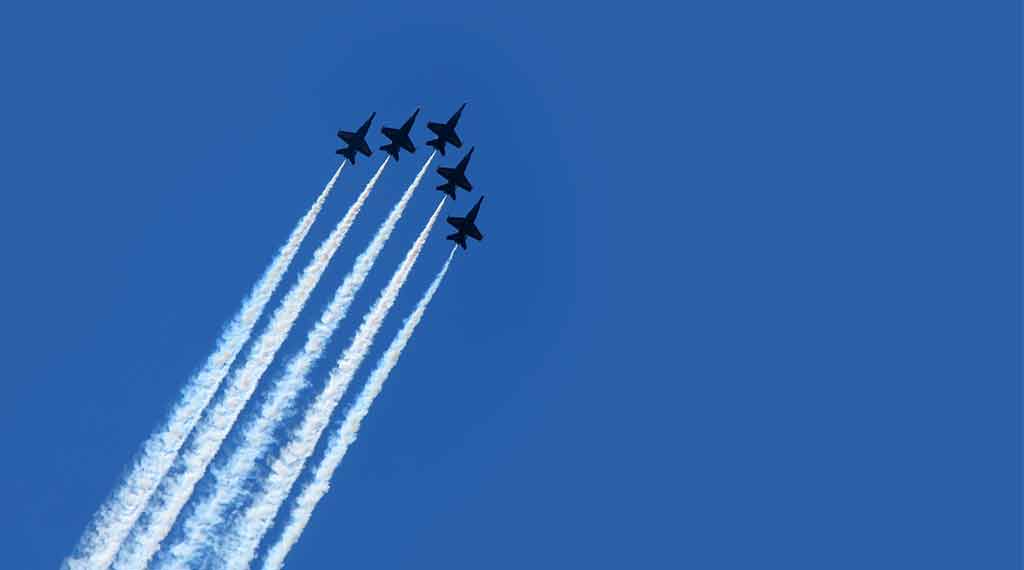
The U.S. Air Force is advancing its Next Generation Air Dominance (NGAD) program to maintain aerial superiority, intending to replace the F-22 Raptor with a more advanced sixth-generation fighter. Despite progress, Air Force Secretary Frank Kendall has highlighted the need to reduce costs to ensure timely deployment. Some experts estimate the NGAD fighter could cost $300 Million per plane.
-Options include using a less expensive engine without compromising performance. The NGAD program, originating from DARPA’s 2014 Air Dominance Study, features advanced technologies in propulsion, weaponry, and stealth.
-A unique component is the inclusion of 1,000 advanced unmanned aerial vehicles (UAVs), known as Collaborative Combat Aircraft, designed to fly alongside the manned fighter. These UAVs are expected to be less costly and can serve various roles, including electronic warfare and as decoys.
-Balancing cost and capability is crucial as the Air Force concurrently develops the B-21 Raider stealth bomber. The NGAD’s success hinges on managing expenses while integrating cutting-edge technologies.
- America’s Supercarriers Are Back in Force in the Pacific - December 30, 2025
- Israel’s $2 Iron Beam Laser Could Disrupt Missile Warfare - December 23, 2025
- US Stands Up New Drone Strike Force in the Middle East - December 9, 2025
